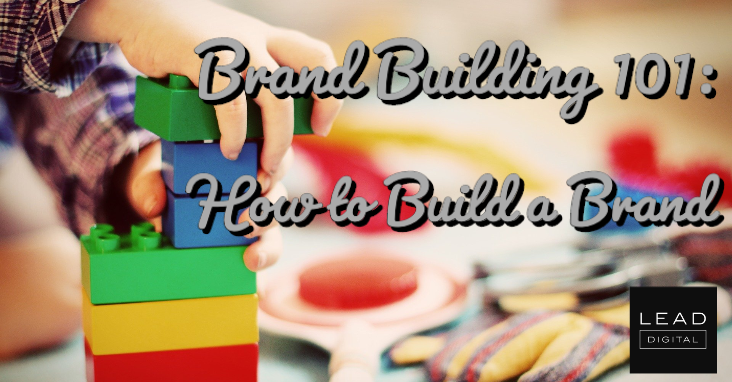 The terms “brand” and “business” are often used interchangeably. While the dictionary definitions might be similar, I don’t think this is a fair swap.
The terms “brand” and “business” are often used interchangeably. While the dictionary definitions might be similar, I don’t think this is a fair swap.
Anyone can create a business. But building a brand goes far and beyond filing your LLC paperwork and opening a business checking account. A brand is more than just a company logo or slogan. It’s how people feel when they see your logo or hear your name.
Branding is the most powerful marketing tool in the world. For individuals and businesses alike, establishing your brand can the difference between success, mediocrity, and failure.
Whether you’re launching a startup or rebranding your existing business, this beginner’s guide to branding will help you establish a successful brand that will stand the test of time.
What is a Brand Identity?
Brand identity is essentially your company’s reputation. It’s not what you tell people about yourself; it’s what people tell each other about you.
Brand identity is not one specific aspect of a business. It’s comprised of multiple factors, such as company values, communication style, product offerings, logos, color palettes, and more. All of these elements help portray your brand to the outside world. But the world’s perception of those factors ultimately becomes your brand identity.
Here’s an example of brand identity—McDonald’s.
The McDonald’s identity starts with the golden arches. But it’s much more than that. What do you think of when you see that logo or hear the name? Some of you might think of Ronald McDonald. Others imagine the tastes and smell of a Big Mac and fries.
Regardless of what you think of, specifically, McDonald’s has established a global brand. Everyone knows exactly what to expect from this company; they are the epitome of a fast food chain.
Why Put Effort Into Building a Brand?
Your brand is essentially the face of your business. Without a face, you can’t stand out from the crowd. Companies need a brand to differentiate themselves in crowded markets.
Branding builds credibility and establishes trust between businesses and consumers. It’s what entices people to buy from you in the first place, and keeps them coming back for more in the future.
Your brand can even impact your pricing strategy. Consumers are willing to pay a premium for brands they trust. Starbucks is an excellent example of this. – Read more



